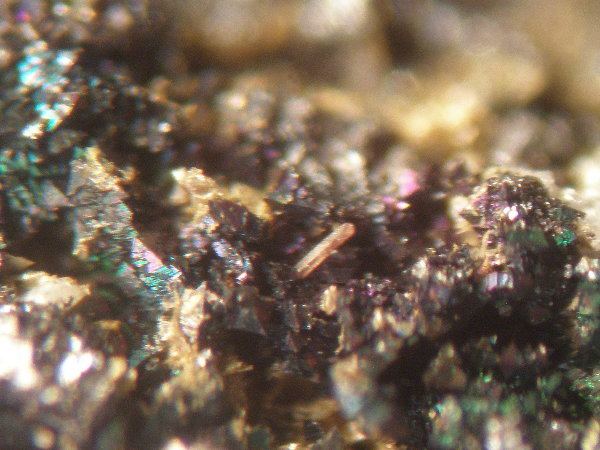Category Rare earth mineral Strunz classification 8.AD.35 Space group I41/amd | Formula(repeating unit) ((La,Ce,Nd,Y)VO4) Crystal system Tetragonal | |
 | ||
Crystal class Ditetragonal dipyramidal (4/mmm)H-M symbol: (4/m 2/m 2/m) | ||
Wakefieldite ((La,Ce,Nd,Y)VO4) is an uncommon rare earth element vanadate mineral. There are four main types of wakefieldite- wakefieldite-(La), wakefieldite-(Ce), wakefieldite-(Nd), and wakefieldite-(Y), depending upon the dominant rare earth metal ion present. Wakefieldite has a Mohs hardness ranging from 4-5. Wakefieldite forms crystals of tetragonal structure. In terms of crystal structure, it is the vanadate analog of the rare earth phosphate mineral xenotime. Unlike xenotime, it is more favorable for wakefieldite to contain the lighter rare earth elements over the heavier ones. Due to the lanthanide contraction, the heavier rare earths have smaller ionic radii than the lighter ones. When the phosphate anion is replaced by the larger vanadate anion, the tetragonal crystal system preferentially accommodates the larger light rare earth elements.
Wakefieldite was first described for an occurrence in the Evans Lou mine, St. Pierre de Wakefield, Quebec, Canada and later designated Wakefieldite-(Y).
Wakefieldite-(Ce) was first described as kusuite for its type locality in the Kusu deposit, 85 km (53 mi) SW of Kinshasa, Zaire. It was renamed in 1977 as the Ce analog of wakefieldite-Y.
Wakefieldite-(La) was first described in 2008 for an occurrence in the Glücksstern mine, Gottlob Hill, Friedrichroda, Thuringia, Germany.
Wakefieldite-(Nd) was first described in 2008 at the Arase mine, Kami city, Kōchi Prefecture, Shikoku Island, Japan.
